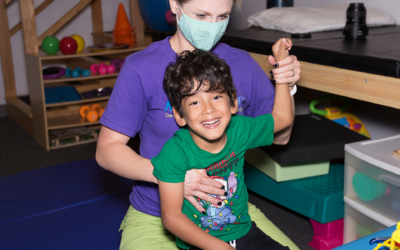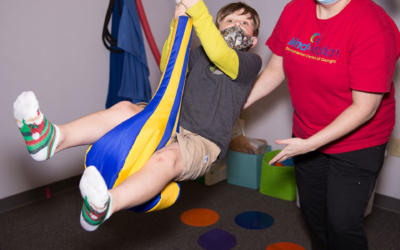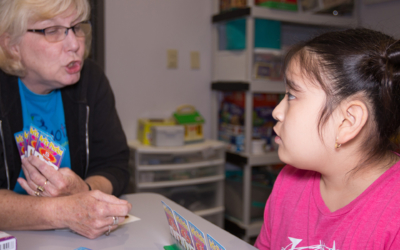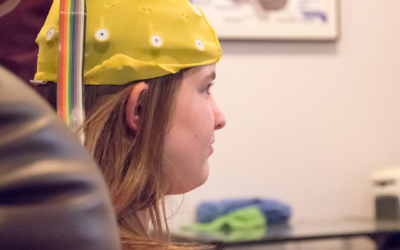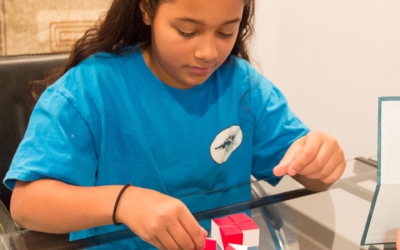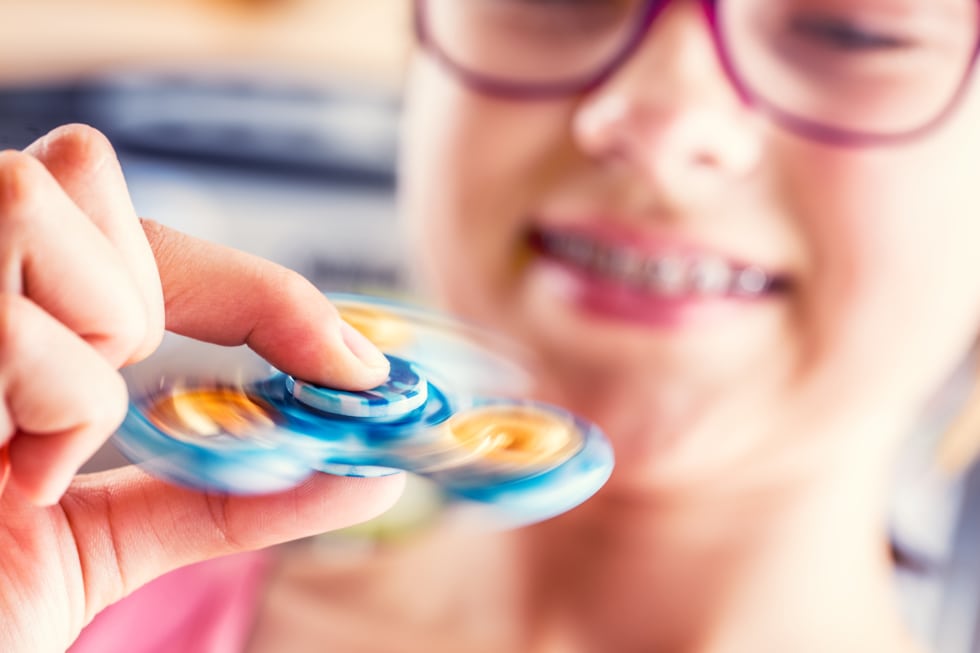
What is a Sensory Diet?
Children who have a sensory processing disorder (SPD) struggle with regulating and processing sensory information around them. SPDs can present in many different forms. Some children may experience a heightened sensitivity to stimuli, which may lead to them avoiding sensory input. For example, a child may become easily overwhelmed in large crowds, or cover their ears to block out loud noises or music. On the other end, a child may have lowered sensitivity to the point where they aren’t even aware of their surroundings, and won’t even notice loud noises or bright lights.
Each of these children, and every child in between, has different needs when it comes to addressing their sensory disorder. Without the correct amount of sensory input, they can struggle with behavioral and emotional issues. One such way that parents can help attend to their child’s needs is by designing a sensory diet, which is prescribed by an occupational therapist.
A sensory diet is defined as a group of activities specifically scheduled throughout the day to help children with their specific SPD. By managing your child’s activities, you are able to help regulate the amount of sensory information your child takes in. Each sensory diet is designed around providing specific sensory inputs to the main sensory systems: proprioceptive, vestibular, tactile, auditory, gustatory, olfactory, and visual.
Proprioceptive System Input
The proprioceptive system is the system in our bodies associated with movement and body control. Children who enjoy physical activity or playing rough require more input to their proprioceptive system. Activities to increase input to this system include a wide variety of physical activities, including doing pushups, playing tug of war, carrying heavy objects, and doing jumping jacks.
Vestibular System Input
The vestibular system is also related to movement. More specifically, it is the system in our bodies that helps control balance and spatial orientation. Children who are constantly in motion and have trouble sitting still may require more input to their vestibular system. Activities to increase input to this system include riding a bike, doing somersaults, playing on swings, or jumping.
Tactile System Input
The tactile system is the system in our body related to our sense of touch. It is responsible for our ability to perceive pain, temperature, and texture. Children who enjoy touching and feeling objects or even touching other people may need more sensory input to this system. Activities to increase input to this system include playing with fidget spinners or other similar toys, playing with sand or other textured materials, and playing with play-doh.
Auditory System Input
The auditory system is the system associated with processing sound. Children who constantly feel a need to make noise - such as singing, yelling, speaking, or making any other kind of noise - may require more input to their auditory system. Activities to increase input to this system include listening to music, playing instruments, or playing with noisy toys.
Gustatory System Input
The gustatory system is responsible for perceiving and processing taste. Children who like licking toys, chewing on pens, or generally putting other objects in their mouths may need more input to this system. Activities to increase input to this system include chewing gum, using flavored lip balms, or eating crunchy foods.
Olfactory System Input
The olfactory system is responsible for perceiving and processing smells. This system is closely related to the gustatory system, as it plays a role in perceiving taste. Activities to increase input to this system include smelling essential oils, scented markers, or scented soaps.
Visual System Input
The visual system is responsible for perceiving and processing visual input, controlling our ability to see. Children who enjoy looking at moving objects or who have difficulty focusing on visual information may need more sensory input to their visual system. Activities include playing with bright toys that light up, playing with a flashlight, and playing with glow sticks.
Designing a Sensory Diet for Your Child
If your child is dealing with a sensory processing disorder, designing a sensory diet may be helpful for them. Get in touch with our occupational therapists to learn more about how Mind & Motion can help.

